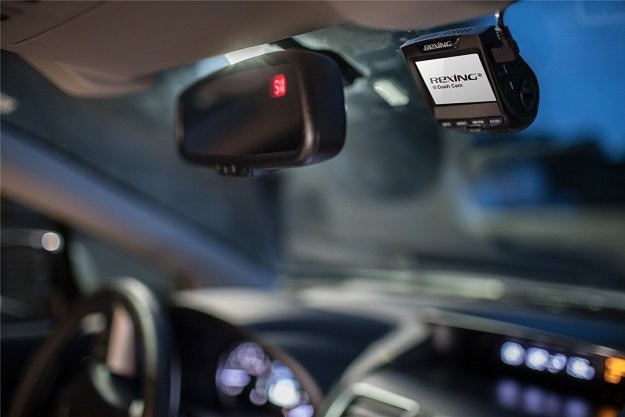
The next-generation Miata will make extensive use of ultra-light materials, including carbon fiber, in order to shed precious pounds without shrinking down in size, according to Nobuhiro Yamamoto, the roadster’s project manager. And while the idea of using carbon fiber to shed weight isn’t new, the material remains relatively expensive, so it’s currently best suited to high-end sports cars like the BMW i8 and the Lamborghini Huracán. However, Mazda is confident it can solve the cost problem by developing a new, more affordable type of carbon fiber in the coming years.
Yamamoto explains that making the Miata lighter will allow it to use an even smaller engine because it will have less weight to move around. British magazine Autocar believes the next-gen roadster could use a three-cylinder as its base engine, though we won’t learn more specific technical details for at least another year. Notably, it’s too early to tell if the three-banger will be naturally-aspirated, or if the Miata will go turbo for the first time in its decades-long history. What’s certain is that downsizing will reduce the Miata’s level of exhaust emissions.
Read more: How do you like the sound of the Mazda3 with a 250-horsepower engine?
Mazda has plenty of time to develop cheaper carbon fiber. The fourth-generation Miata went on sale last year, and its replacement isn’t scheduled to arrive until 2021 at the very earliest. The company has a long history of leveraging the benefits of economies of scale, so it’s safe to assume that even volume-focused models like the 3 and the 6 will rely on lightweight materials after the turn of the decade.
Editors' Recommendations
- Fault with Mazda3’s emergency braking system could cause random activation
- Trump’s FCC order could make social media even more of a garbage fire




